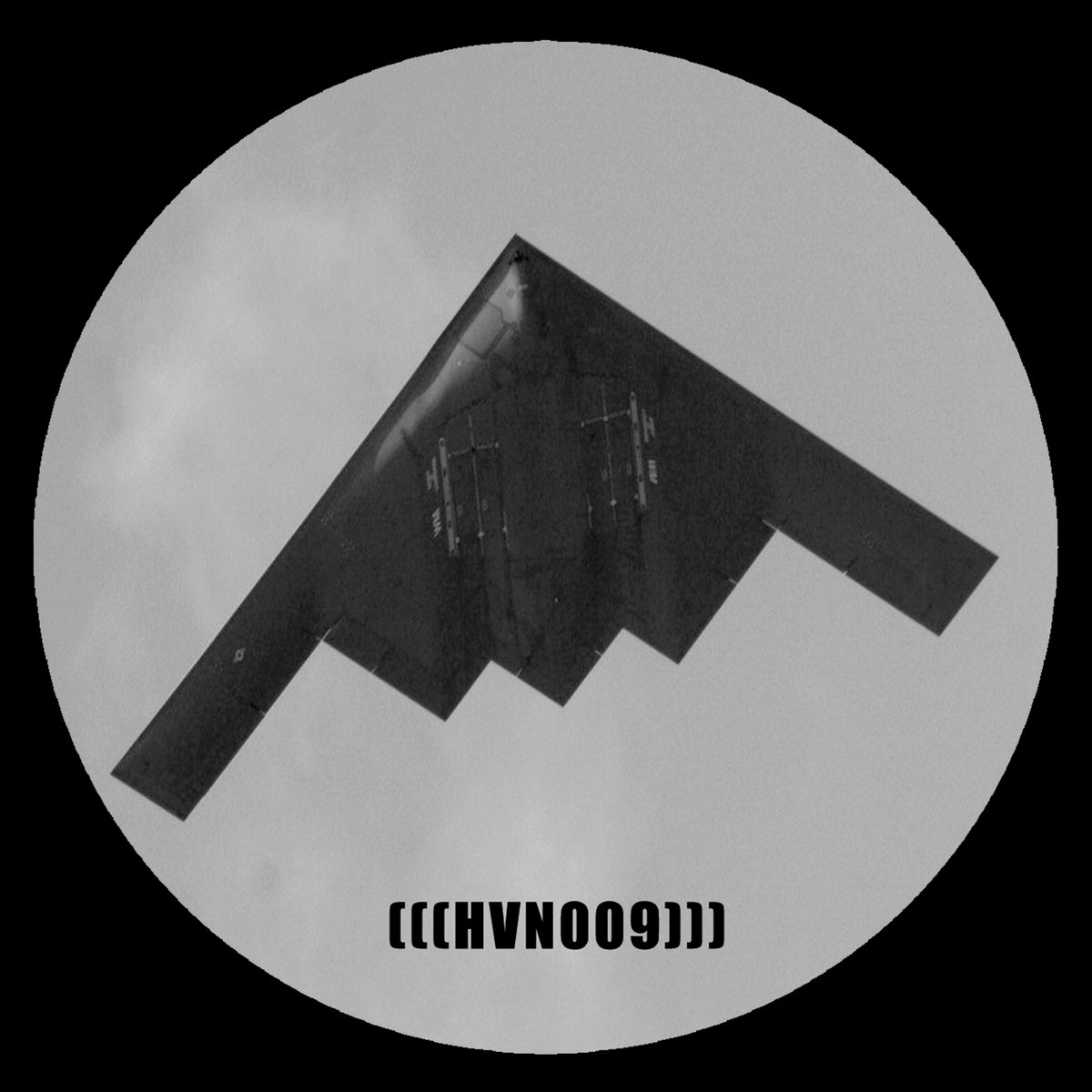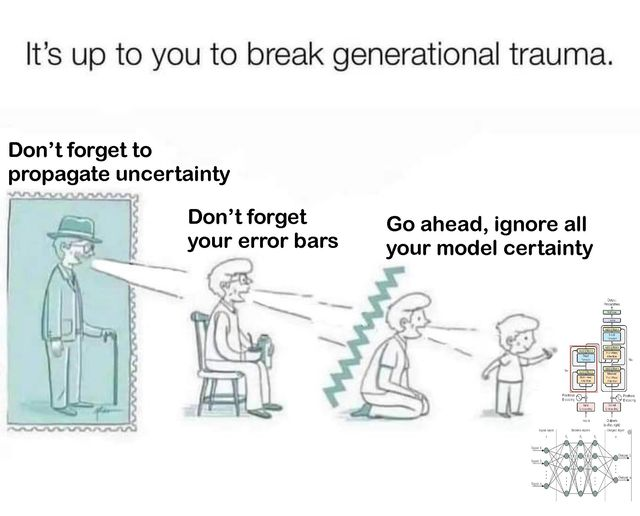

Nobody should trust LLMs with anything
ftfy
also any inputs are probably scrapped and used for training, and none of these people get GDPR
i should be writing


Nobody should trust LLMs with anything
ftfy
also any inputs are probably scrapped and used for training, and none of these people get GDPR


wait wdym as extremely bad takes on ukraine, because some of these i’ve been able to find before going to darknet (second page of startpage search results) seem rather sane
If we pressure Ukraine now, demanding peace, it will mean creating space for Russian expansion.
https://www.instagram.com/slavojzizeks/p/C8g0yYRvLFL/
The paradox of this combination is that what presents itself as a principled stance – peace at any price – is a mask for the worst ethnic egotism and ignorance of the other’s suffering: are we aware that, although Ukraine has defended its independence, it has already lost up to a third of its population through emigration, kidnapping and death?
It is not just with respect to the oligarchs and the cultural conservatives that Ukraine must go to war with itself.
https://www.newstatesman.com/ideas/2023/08/ukraine-must-go-to-war-with-itself
We now know what the call to allow Putin to “save his face” means. It means accepting not a minor territorial compromise in Donbas but Putin’s imperial ambition.
What is absolutely unacceptable for a true leftist today is not only to support Russia but also to make a more “modest” neutral claim that the left is divided between pacifists and supporters of Ukraine, and that one should treat this division as a minor fact which shouldn’t affect the left’s global struggle against global capitalism.


my bias against self-described hegelians is reinforced, bonus points for lacanism. every single one i’ve heard of in some detail (not that i’m looking for them) turns out to be a crank in some capacity. n=3


This comes from a long line of shoddy “research” exaggerating potential effects of nuclear war. With MAD in place, like it was for the last 70 years, there’s no need to make shit up, it’d be as bad as it can be. At first, they tried to convince people that NOx generated in fireball would strip atmosphere out of ozone; when proven wrong with experimental evidence (supersonic airliners generate some NOx; their output was big enough that it should have some effect on ozone layer according to their model, but it had none) they pivoted to “nuclear winter”:
Although never openly acknowledged by the multi-disciplinary team who authored the most popular 1980s TTAPS model, in 2011 the American Institute of Physics states that the TTAPS team (named for its participants, who had all previously worked on the phenomenon of dust storms on Mars, or in the area of asteroid impact events: Richard P. Turco, Owen Toon, Thomas P. Ackerman, James B. Pollack and Carl Sagan) announcement of their results in 1983 “was with the explicit aim of promoting international arms control”.[91] However, “the computer models were so simplified, and the data on smoke and other aerosols were still so poor, that the scientists could say nothing for certain”.[91]
When proven wrong again with empirical evidence of oil fires of 1991 Gulf War, they shut up for some time:
When Operation Desert Storm began in January 1991, coinciding with the first few oil fires being lit, Dr. S. Fred Singer and Carl Sagan discussed the possible environmental effects of the Kuwaiti petroleum fires on the ABC News program Nightline. Sagan again argued that some of the effects of the smoke could be similar to the effects of a nuclear winter, with smoke lofting into the stratosphere, beginning around 48,000 feet (15,000 m) above sea level in Kuwait, resulting in global effects. He also argued that he believed the net effects would be very similar to the explosion of the Indonesian volcano Tambora in 1815, which resulted in the year 1816 being known as the “Year Without a Summer”.
The idea of oil well and oil reserve smoke pluming into the stratosphere serving as a main contributor to the soot of a nuclear winter was a central idea of the early climatology papers on the hypothesis; they were considered more of a possible contributor than smoke from cities, as the smoke from oil has a higher ratio of black soot, thus absorbing more sunlight.[93][101]
In a 1992 follow-up, Peter Hobbs and others had observed no appreciable evidence for the nuclear winter team’s predicted massive “self-lofting” effect and the oil-fire smoke clouds contained less soot than the nuclear winter modelling team had assumed.[118]
The atmospheric scientist tasked with studying the atmospheric effect of the Kuwaiti fires by the National Science Foundation, Peter Hobbs, stated that the fires’ modest impact suggested that “some numbers [used to support the Nuclear Winter hypothesis]… were probably a little overblown.”[119]
then came back again hoping that someone would not remember the former and believe them. Even one of authors (Owen B. Toon) is the same, they cite their old papers and use old wrong numbers. This is not somebody trying to figure out how reality works, this is somebody trying to sell you a story. That story tries to make them relevant, but they aren’t anymore, and more importantly they’re wrong
This all is also before noticing that 70s era nuclear arsenal doesn’t even exist anymore, so their predictions lack a plausible starting point in the first place. It’s horseshit start to finish


does the pope shit in the woods? stay tuned to find out!


tbh i don’t see a single sane way that genai could be used for anything like they say it can be, if it works it’s gotta be something more or less custom. but ms doesn’t care, because they’re selling shovels so it doesn’t matter if their shit doesn’t work as long as someone’s buying. it sorta starts looking like cryptobros in 2020-ish trying to insert themselves as middlemen everywhere where there’s already some money


There are some steam turbine power plants (like coal-fired) (on smaller side) with power output like that


have you tried using bleach or drain cleaner (prills; sodium hydroxide) to clean it


don’t forget rush limbaugh
Ever since Desert Storm small concentration of Saddam particles is found in steel worldwide


have you lived under the rock for the last month? ukrainians rolled through russian border and along the way erased all russian red lines


you left the best one:
First successful experiments in “temporal arbitrage” using quantum prediction models
not only they know about “temporal arbitrage experiments” but they also already know that these were successful. that kinda defeats purpose of experiment


To make them feel shame (or threatened, if that works)
this works because nazis worship power, and when shown to be weak they tend to have doubts or otherwise fail sometimes in hilarious ways


it’s a shame that packet radio is so fucking slow


i stumbled upon one righteous from programming dot dev today (mod of !europe@feddit.org) haven’t seen many there, other than from drive-by comments, but that’s mostly because i wasn’t looking for that ever


found a quality sneer in the wild https://mander.xyz/post/17910623



so her fault was fucking with rich people’s money, not doing what caused actual societal harm, got it. see also: martin shkreli


modlog for this user is definitely something


I quite often pondered how cool it’d have been to be a computer scientist like 50-70 years ago
Most likely you’d be an et. al. in someone’s footnote
you are part of the problem